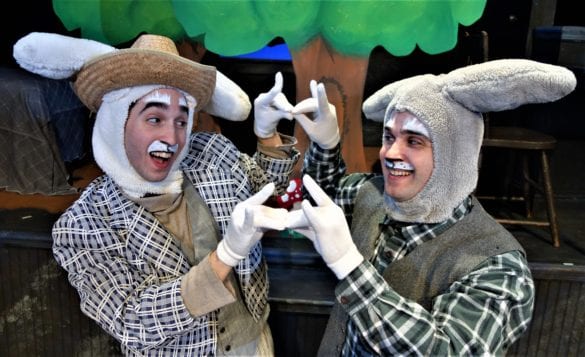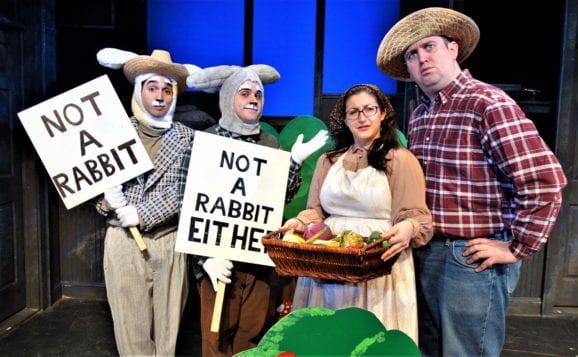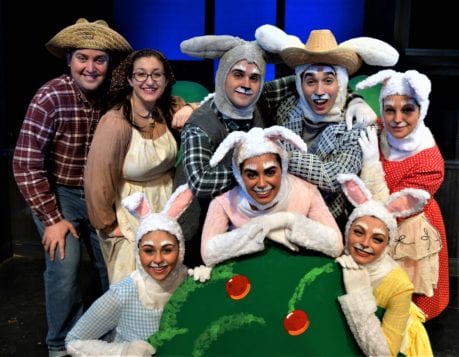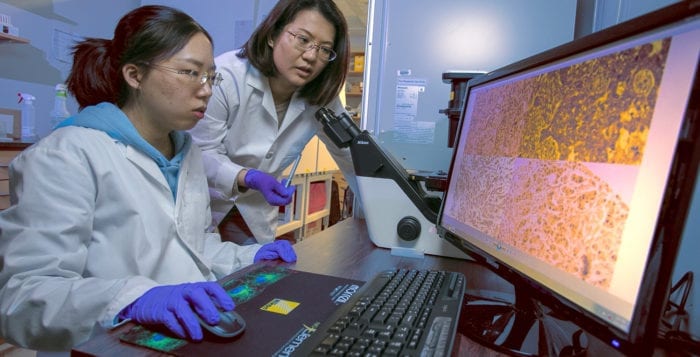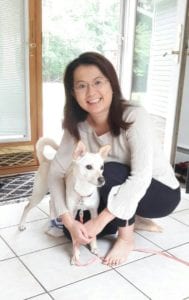By Lisa Scott
A few weeks ago, the League of Women Voters was asked by the Girl Scouts of Suffolk County to assist voters at an event on April 8. What we learned that night about the vision, empowerment and maturity of our “not-yet voters” is truly inspirational and remarkable. Keep in mind Girl Scouting’s mission: building girls of courage, confidence and character, who make the world a better place.
Today, a civil discourse on most issues is nearly impossible. Most influencers seem to drown out individuals who want to learn “the story behind the story” and reach thoughtful well-researched conclusions. Yet the Girl Scouts’ participation in and embracing the 12,000 Voices initiative was a model for us all.
The name 12,000 Voices was chosen for its aspirational value. Start with readings of “12 Angry Men” performed by 12 Impassioned Women, over the course of one weekend, all over the country: in high schools, community and regional theaters, community colleges, universities and community centers. Over the course of time, imagine readings in 1,000 locations, accumulating 12,000 voices. The event is planned to take place nationally every year.
The readings took place in every nook and cranny of the country, in red, blue and purple communities in all 50 states. And after each staged reading there was an opportunity to update voter registration and learn about voter engagement. Voter suppression is real. Gerrymandering is real. Individual voices and votes matter.
We can increase awareness and participation through the power of girls’ and women’s voices as they read this classic play.Only one juror votes “not guilty.” As tempers flare and the arguments begin, the audience learns about each member of the jury. The power of one impassioned voice, speaking with conviction, is breathtaking.

And what did the girls take away from this experience? That taking positive risks builds confidence and leadership skills. They developed greater understanding of the extreme importance of the role of a jury in our judicial system; a civic duty that should be welcomed, not avoided. Girl Scouts promise to serve their country and help people at all times, and civic engagement fits very well within this pledge. They feel empowered, they know they have a voice within the civic community, and that their voices and opinions matter.
Additionally Girl Scouts of Suffolk County was delighted to have a show of amazing diversity among its women actors, with a wide range of ages, cultural backgrounds and life experience, which is quite different from the original cast of “12 Angry Men.” Such diversity brought a refreshing and exciting tone to the script, and strengthened the message of the show, allowing it to become that much more significant.
The audience ranged in age from middle-schoolers through grandparents, but each person was able to take away a clear and cogent understanding of the power of individuals to make a difference in situations both small and personal, or national and affecting our place in in society and the planet we all share. Let’s all learn from Girl Scouts; they will be our future leaders.
For more information on Girl Scouting in Suffolk County, visit www.gssc.us or call 631-543-6622. The league looks forward to strengthening our partnerships with the Girl Scouts and encouraging youth civic education and engagement in a nonpartisan environment.
Lisa Scott is president of the League of Women Voters of Suffolk County, a nonprofit, nonpartisan organization that encourages the informed and active participation of citizens in government and influences public policy through education and advocacy. For more information, visit https://www.lwv-suffolkcounty.org, email [email protected] or call 631-862-6860.




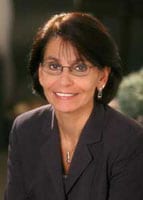

 YIELD: Makes 8 servings.
YIELD: Makes 8 servings.
